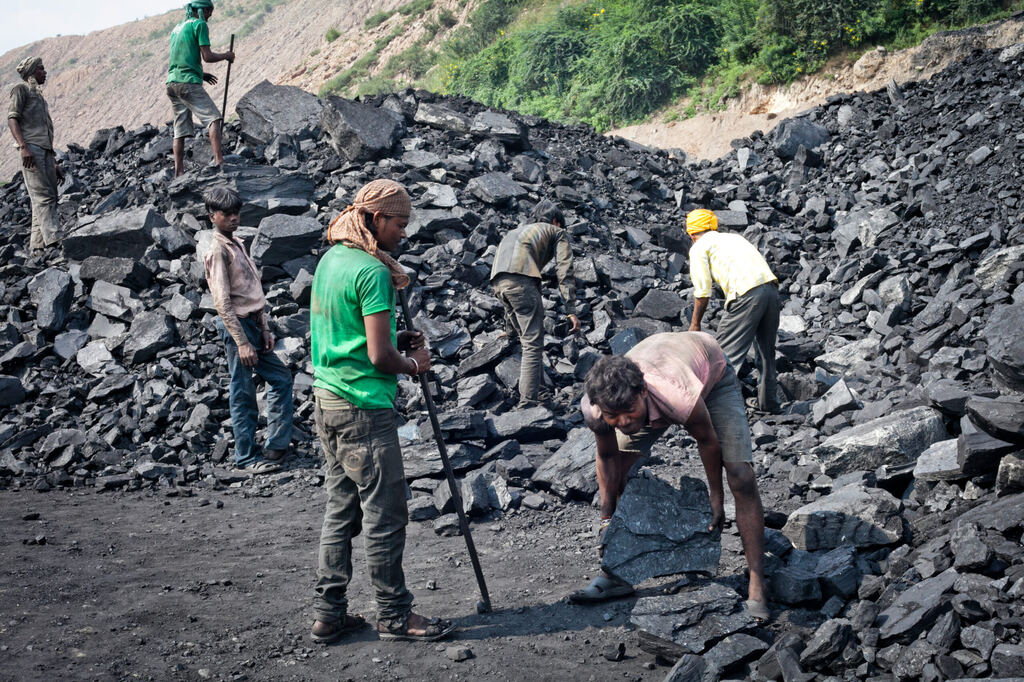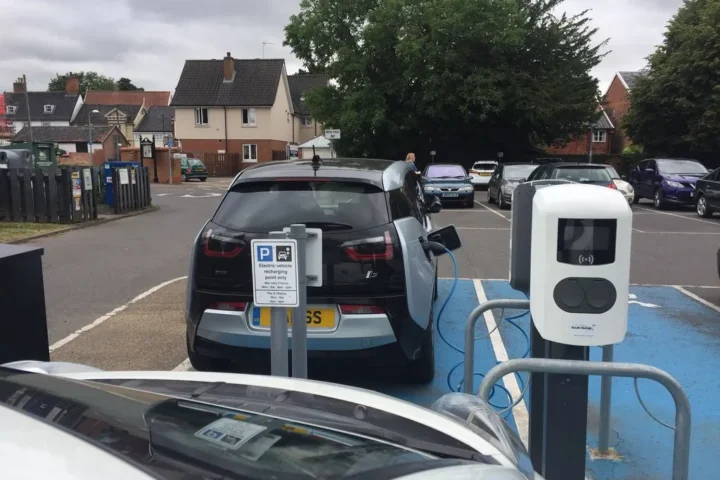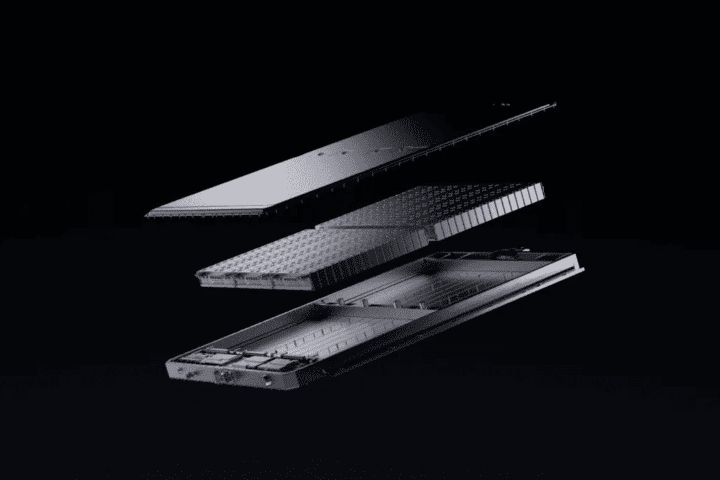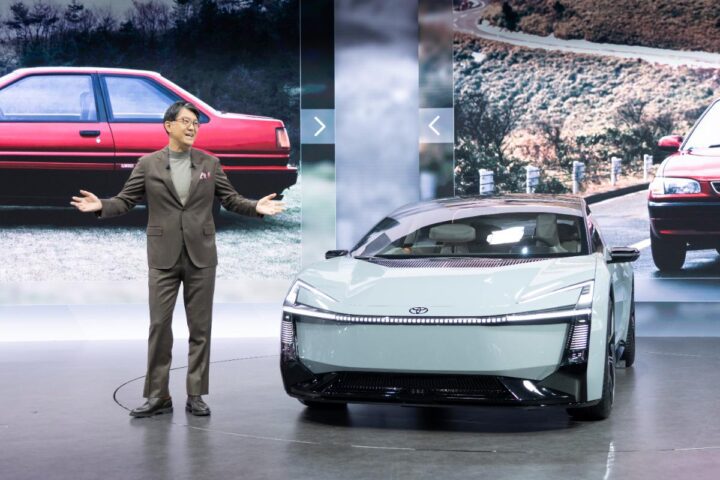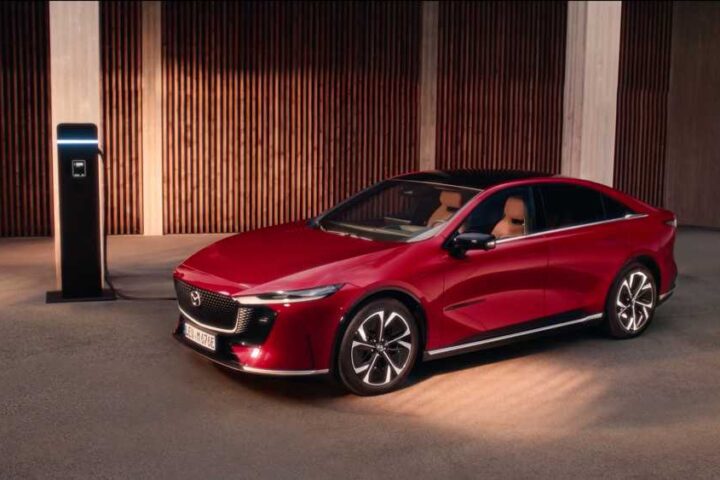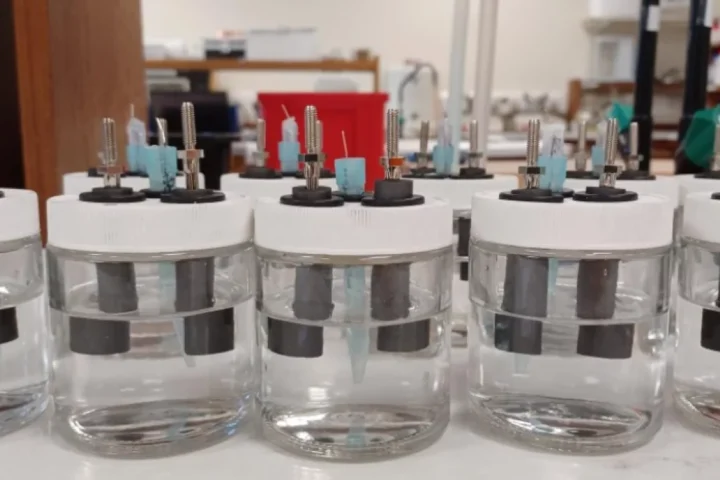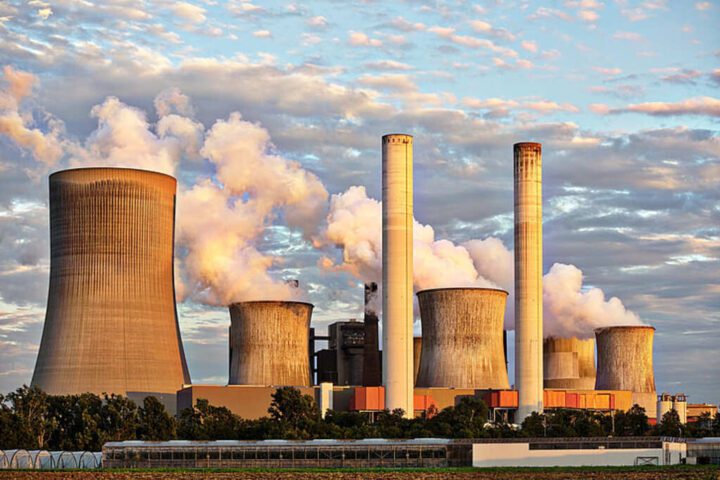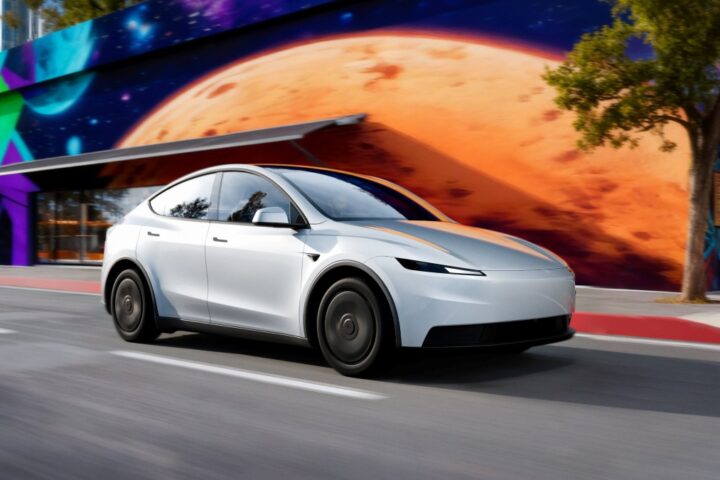Climate change has taken the form of a global crisis. There is a water shortage in California. It has caused more than 4,500 wildfires in Nepal. Yesterday, that is May 2, again saw heavy rains in the desert of Dubai. Intense heat waves have swept vast swathes of India. Climate Change has affected the coral reefs of Lakshadweep.
According to Suranjali Tandon, an associate professor at the National Institute of Public Finance and Policy, climate finance needs an overhaul of funds influx. This year’s Conference of Parties (COP) is to focus on climate finance. The spring meetings of finance central bankers, experts, and finance ministers are seeking to set the tone for the COP meeting.
Meanwhile, the UN Climate Chief has already warned of severe damages to life and property due to the climate crisis if urgent steps are not taken. Among all these negative vibes, there is a ray of hope. In India, the share of coal in total installed electricity capacity has dropped below 50%. Renewable energy (RE) sources accounted for 71% of the 26 gigawatts (GW) of power generation capacity added in India during this fiscal year, the CEEW Center for Energy Finance Market Handbook found.
Similar Post
According to this finding, India’s total installed capacity reached 442GW, with renewables contributing 144 GW (33%) and hydro 47 GW (11%). Similar efforts are needed in other countries too. Climate change affects all of us. Already in Antarctica, the ozone layer is continuing for a longer period. This affects the breeding season of penguins and seals.
In big cities, as the skyscrapers increase, the AQI (Air Quality Index) suffers. Global warming causes melting of glaciers. That disturbs the ecological balance. The loss of equilibrium in the environment, in turn, affects flora and fauna, leading to the miseries of human beings. Already the Russo-Ukraine conflict and Hamas-Israel fighting has caused immense loss of life and property.
So, strong willpower is needed to address the issue of climate change on an emergency footing. As the UN Secretary-General has urged the world leaders to hasten to solve the problem of climate change, the common people like us can contribute our own mite to make the Earth more livable and enjoyable.
